Topography and Deep Structure in Plato
SUNY series in Ancient Greek Philosophy
Anthony Preus, editor
Topography and Deep Structure in Plato
The Construction of Place in the Dialogues
CLINTON D E BEVOISE CORCORAN
Cover painting: Charles Sheeler, American, 18831965, The Artist Looks at Nature , 1943, Oil on canvas, 53.3 45.7 cm, Gift of Society for Contemporary American Art, 1944.32. Reproduced with the permission of the Art Institute of Chicago.
Published by State University of New York Press, Albany
2016 State University of New York
All rights reserved
Printed in the United States of America
No part of this book may be used or reproduced in any manner whatsoever without written permission. No part of this book may be stored in a retrieval system or transmitted in any form or by any means including electronic, electrostatic, magnetic tape, mechanical, photocopying, recording, or otherwise without the prior permission in writing of the publisher.
For information, contact State University of New York Press, Albany, NY
www.sunypress.edu
Production, Eileen Nizer
Marketing, Anne M. Valentine
Library of Congress Cataloging-in-Publication Data
Names: Corcoran, Clinton DeBevoise, author.
Title: Topography and deep structure in Plato : the construction of place in the Dialogues / Clinton DeBevoise Corcoran.
Description: Albany : State University of New York Press, 2016. | Series: SUNY series in ancient Greek philosophy | Includes bibliographical references and index.
Identifiers: LCCN 2016007294 (print) | LCCN 2016037322 (ebook) | ISBN 9781438462691 (hardcover : alk. paper) | ISBN 9781438462714 (e-book)
Subjects: LCSH: Plato. Dialogues. | Place (Philosophy)
Classification: LCC B395.C653 2016 (print) | LCC B395 (ebook) | DDC 184dc23
LC record available at https://lccn.loc.gov/2016007294
10 9 8 7 6 5 4 3 2 1
To My Daughters, Abigail and Alexandra
Contents
List of Figures
Acknowledgments
Permission to use the cover image was granted by the Chicago Institute of Art. The painting is Charles Sheelers 1943 oil The Artist Looks at Nature. I would like to thank the following journals for permission to reprint sections of previously published papers. The first part of were previously published in The Problem of Dramatic Expectation in Aristotles Poetics in Greek, Roman, and Byzantine Studies 38, no. 3 (1997): 285294. I would also like to thank Leanne Jernigan, Shannon LeFever, Caroline McAlister, Fred Humphrey, and editors Andrew Kenyon, Anthony Preus, and the anonymous readers of SUNY Press for their help in the preparation of this manuscript for publication.
Introduction
Platos Esoteric Conception of Space
, . Euclids Elements 1 Def. 1.
I recall the first day of my freshman year in 1977 in Greek Philosophy, when I heard Dr. Darnell Rucker claim that nothing, no element of a Platonic dialogue, was an accidentthat all the component parts, even, if not especially, those plot elements that appear inconsequential, were intentional constructs and thematically related. Aristophaness hiccups in the Symposium , Socratess covering his face in the first speech of the Phaedrus, and his hiding his head in the last moment of the Phaedo were all actions rife with meaning. This depth itself is not purely an accident of Platos poetic method, but results from his intentional construction of philosophic mythos, a mythos in accord with the logos of the Good. The Good structures all dimensions of the natural and human worlds, and it also serves as a guide for Platos construction of his settings, themes, and the various narrative uses of space-time in the dialogues. Time and space, whenever and wherever they make their appearance, are always artifacts of the Good. Thus, to understand the various uses and structures of space in the dialogues, it is essential to explain its relation to the Good.
Plato, as a philosopher-poet, has special access to the Good. He formulates several famous mytho-poetic constructs to reflect the nature of In addition, Plato depicts Socrates as the author of these famed myths.
The Good itself is represented analogically by the sun. Szlezk observes that [i]n the sensible world there is something that is very similar to the idea of the Good and represents an (exact) correspondent ( [ Republic 508b 13]) to it: the sun. In the dialogues, space and time are fabrications. Platos failure to construct such an ideal world would make his art subject to the very criticisms he levels at the earthly poets.
The Good is itself beyond Being ( Republic 509b). Hence, the principles are not a definite order of any sort; rather, they generate order. To use quasi-Kantian terminology, they are the transcendent grounds for the possibility of generating any type of order whatsoever.
In this book, deep structure is defined in two ways: 1) it is the order the Good generates and that the Forms possess in themselves in the Realm of Being; but 2) it is also the natural order that underlies the manifestation of images and objects in the Realm of Becoming. Deep structure is the manifestation of the Form of Unity in Being and Becoming, Thus, a central project for Platos art is to retranslate and reorder objects and images in Becoming so that they better capture the ideal and nonspatio-temporal nature of the Good and the Forms.
Thus, in the realm of Platos dialogues, images, history, objects, actions, characters, and ideas are all refashioned from a higher perspective on the structure of Becoming. As mentioned, this knowledge has two dimensionsa knowledge of the Good in-itself gained in the ascent to the Good, and a knowledge that is gained in the descent from the Good ( Republic 511b and 518a). All Becoming participates in Being, and, insofar as it exists, its existence is coextensive with some order. Becoming inflects the order of the Good and Being in time and space. Time and space as dimensions of Becoming are patterns for organizing objects, images, and shadows. Cynthia Hampton writes, It [the Good] provides the unique place for everything so that each entity may fulfill its own function, purpose, goal (telos), or nature, and thus contribute to the fulfillment of the whole. The Good first unifies the Forms by establishing a unique place for each within the whole structure of the Forms (i.e., within itself). This unique place defines each Form, or, in other words, gives its essence. The Forms in turn order the physical world. A sensible object is directed towards some Form and so is directed towards its good.
The Divided Line maps this hierarchical procession of orders and objects that stretches from the Good to the Forms, to mathematical concepts, to physical objects, and all the way down to images and shadows. As the Divided Line illustrates, the natural inflections or representations of the Forms become less ordered, more diverse, and less easily intelligible the further removed they become from the Good. takes up no space, how can it generate spatial objects like a line; moreover, how can it generate a limit without having an inside or outside?
Another problem Plato was aware of was the discovery of incommensurable magnitudes and the irrationality of a number like the  A triangle whose legs measure one unit will have a hypotenuse whose length equals the square root of
A triangle whose legs measure one unit will have a hypotenuse whose length equals the square root of 

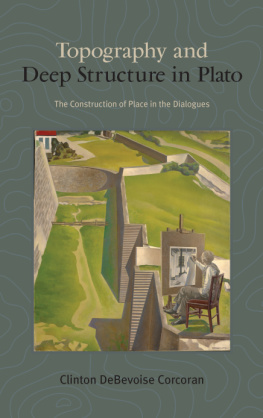
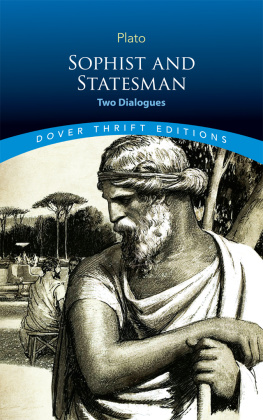
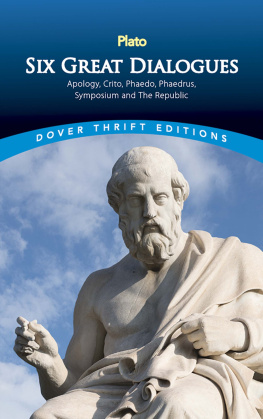
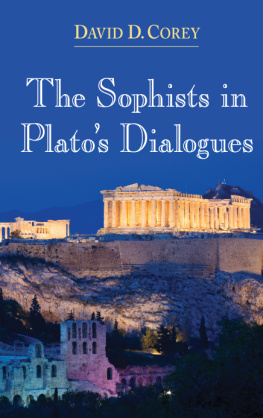
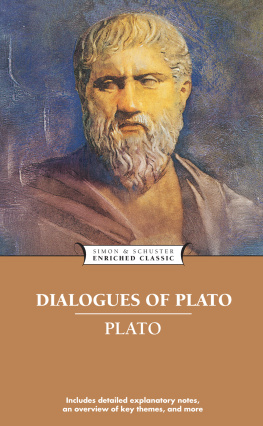
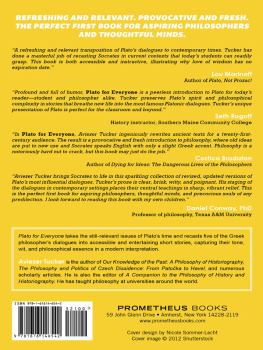
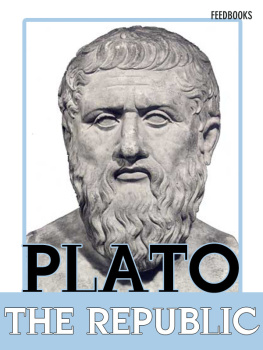
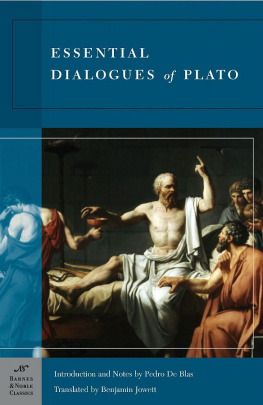

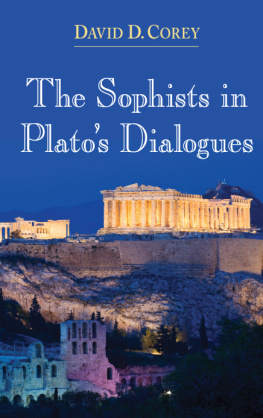
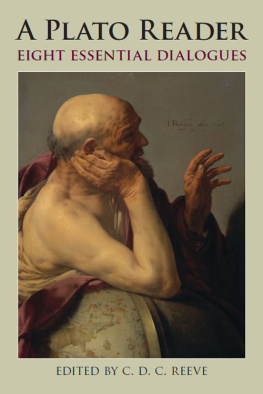


 A triangle whose legs measure one unit will have a hypotenuse whose length equals the square root of
A triangle whose legs measure one unit will have a hypotenuse whose length equals the square root of